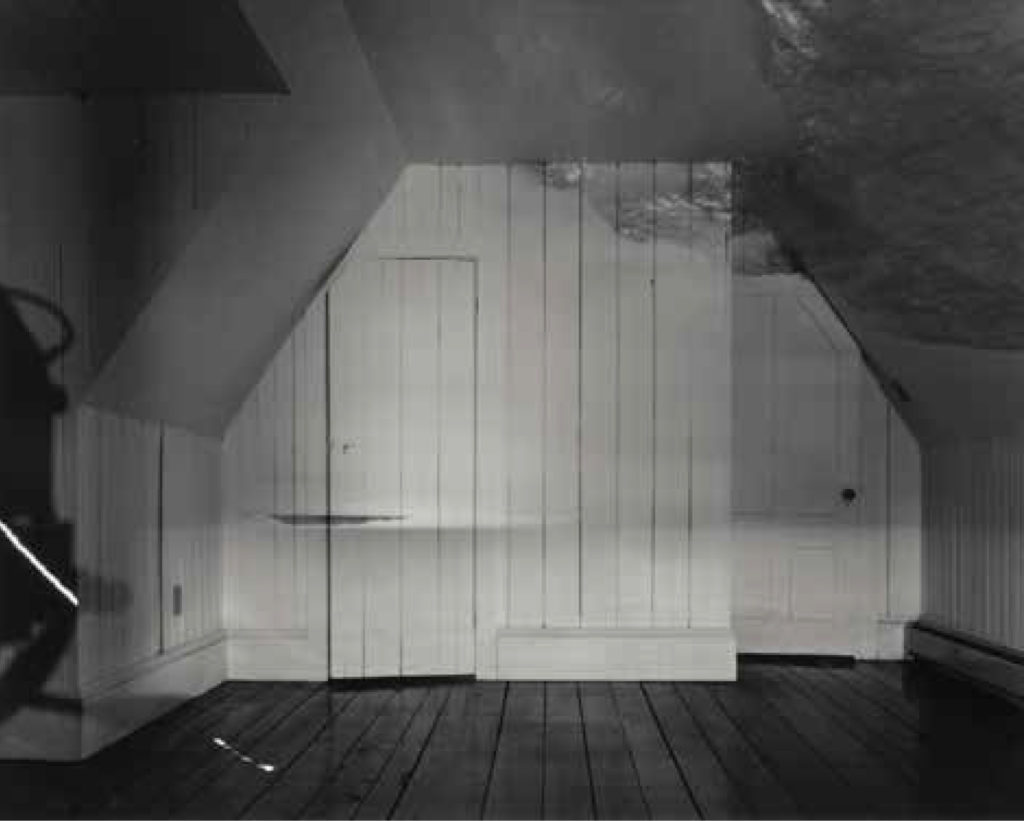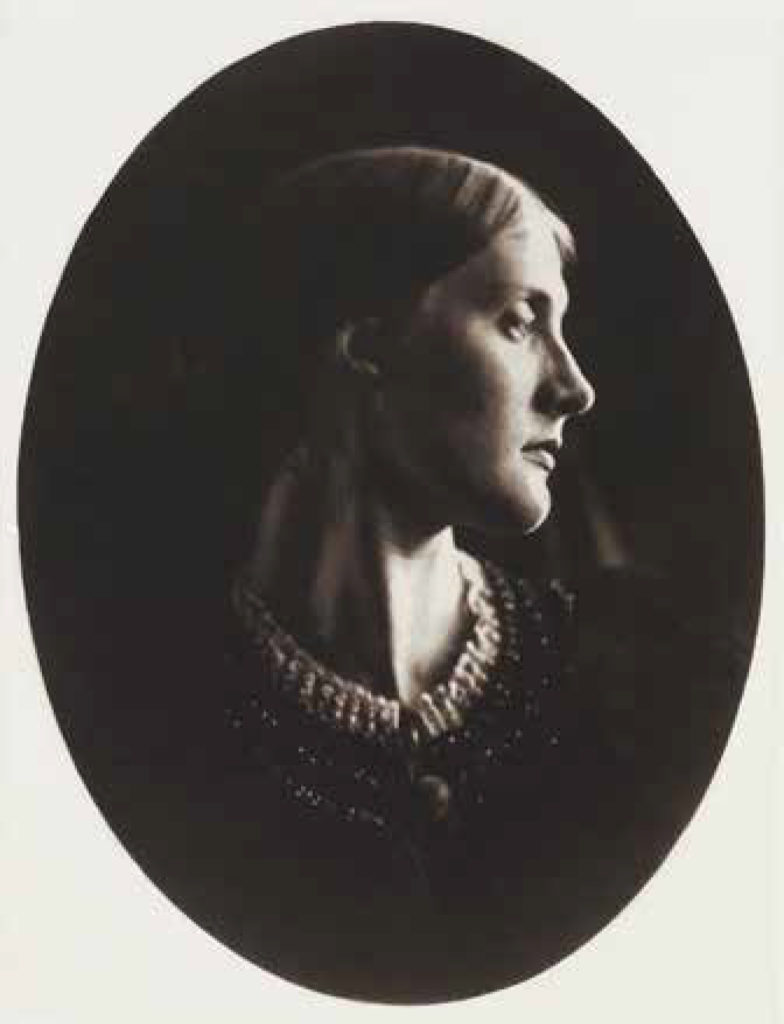【2019 Archives】
To the Attic: Virginia Woolf019 ArchivesAbelardo Morell
On Photography

Abelardo Morell, Camera Obscura: The Sea in Attic, 1994.
Virginia Woolf’s mother, Julia Jackson, was the photographer Julia Margaret Cameron’s niece, and among Cameron’s loveliest subjects. She also served as inspiration for the charismatic figure of Mrs. Ramsay in Woolf ’s novel To the Lighthouse.

Julia Margaret Cameron, Julia Jackson, 1867.
Perhaps Woolf ’s family involvement with photography contributed to her belief in the importance of seeing. To the Lighthouse is a strikingly visual book, not only because of the author’s descriptions in it, which are unforgettable, but also because of the degree to which people in the story change when they truly see. The story is completed, characteristically, when Lily Briscoe, an amateur painter, resolves the composition of a picture with which she has been struggling, and experiences a peace that enables her to accept life’s sorrows, particularly transience. As she thinks—they are the last words of the book—“I have had my vision.”
The novel is divided into three parts, the second of which is titled “Time Passes.” In it, we are informed, almost incidentally, of deaths, including that of Mrs. Ramsay, but the focus is on the Ramsay family’s empty summer house on the coast of Scotland, and on the way in which, as the seasons come and go, what is outdoors registers indoors: “Now, day after day, light turned, like a flower reflected in water, its sharp image on the wall opposite … So loveliness reigned and stillness.” And this, among the most beautiful passages in the novel: “Nothing it seemed could break that image, corrupt that innocence, or disturb the swaying mantle of silence which, week after week, in the empty room, wove into itself the falling cries of birds, ships hooting, the drone and hum of the fields, a dog’s bark, a man’s shout, and folded them round the house in silence.”
Abelardo Morell’s camera-obscura view inside an attic, and of the sea brought in, is an emotionally accurate correlative for aspects of “Time Passes,” and I always think of it when I read the book. Though Woolf ’s fictional house is furnished and Morell’s attic is not, both writer and photographer show how nature reenters our carefully protected spaces (in Morell’s case by a tiny aperture and long exposure, and rendered upside down), restoring to the temporal the timeless.
One winter and spring, I had the good fortune to write at a desk next to an attic window overlooking the Columbia River. It seemed to me then that an entry in Virginia Woolf’s diary (referring to her home in the small town of Rodmell) was just right: “Why not stay here forever and ever enjoying this immortal rhythm, in which both eye and soul are at rest?”
Morell may or may not have read To the Lighthouse, but he has, in this memorable picture, accurately read life.
Robert Adams lives and works in Northwest Oregon. He is best known for his series of photographs that explore the urban and natural landscapes of the American West.
From Art Can Helpby Robert Adams, published by Yale University Art Gallery in September 2017, and distributed by Yale University Press. Reproduced with permission.






Related Articles